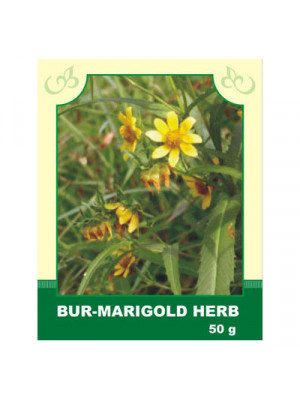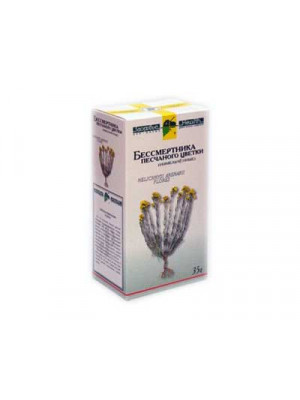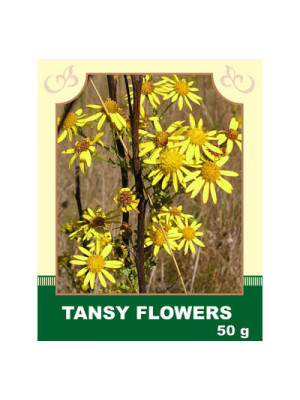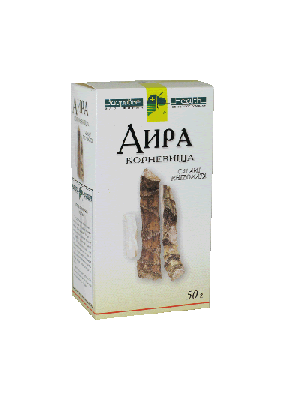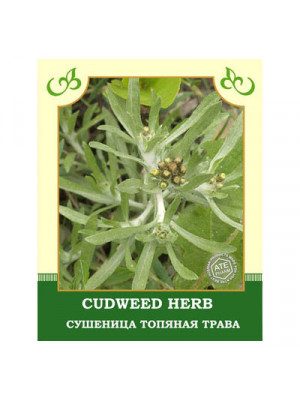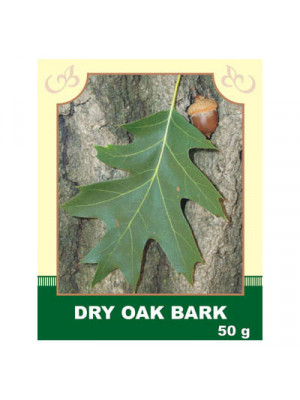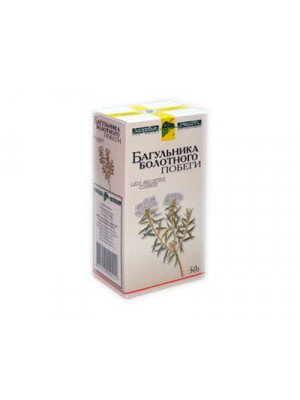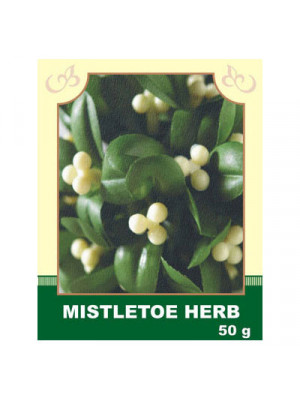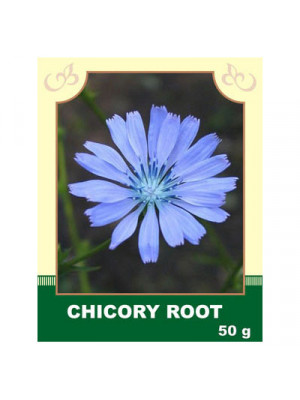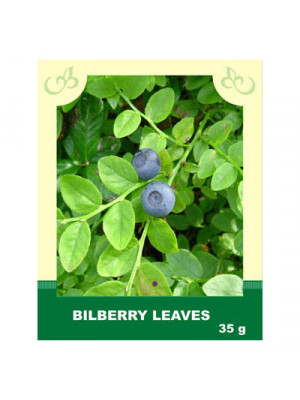Herbs
Description.
Description. Bur-marigold is widely used in different ways. The herb is rich in tannins, bitters, volatile oil, vitamin C, carotin, iron, chrome, aluminum, copper and manganese. Bur- marigold can be taken internally and externally. The properties of the herb are numerous: sudorific, anti-inflammatory, diuretic, vitaminous, anti-allergic and sedative. Bur-marigold is of great help for metabolism disorders, digestion, gastrointestinal illnesses and skin inflammations. Use. Bur-marigold is used as preventive for influenza or cold, used for treatment of swelling pain at the throat, fever among infants, fear of cold weather. In some countries they use it for enteritis, flatulence, diarrhea, appendicitis, for sprains, contusions, chronic ulcers. The herb also helps stop wound bleeding and is good for piles, chronic ulcers, various skin diseases.
Attention! Before using any herbal products, make sure that you have full knowledge of how the herb works and any adverse reaction it may cause.$6.99- Everlasting flower is an ancient herb, which has a long history of use. Traditionally this herb has been used for kidney and liver illnesses, and for gastrointestinal tract disorders. Everlasting flowers contain volatile oil, vitamins, glycosides, alcohol, tannins, fatty acids, minerals and trace elements. The properties of everlasting flower are anti-inflammatory, antibacterial, spasmolytic, cholagogic, diuretic and improving metabolism. The herb helps reduce cholesterol in blood.$7.99
Internally, it is taken as an antipyretic and sedative for cramps in rheumatism and polyarthritis, headaches, hypochondria, epilepsy; as an antiparasitic remedy for expelling roundworms and pinworms; as a cholagogue for liver and gallbladder diseases, as well as for kidney and bladder inflammations, menstrual cycle disorders, and nervous excitement.
Method of application and dosage: Decoction - 2 tablespoons of finely chopped raw material, pour 0.5 liters of boiling water, simmer on low heat for 10 minutes, let it infuse for half an hour to an hour, and drink 1/4-1/3 cup three times a day 20-30 minutes before meals.
The infusion of tansy is prepared in the same proportion. It is usually taken in 1/4-1/3 cup three times a day. In case of peptic ulcer disease, the dose of infusion and decoction can be increased to 1/2 cup per intake.
Externally, it is used for treating purulent wounds, ulcers, bruises, rheumatism, scabies, and for washing the head in case of pediculosis (lice infestation). Steep 1 tablespoon of flower heads in 400 ml of boiling water for 2 hours.
Contraindications: Individual intolerance, not recommended during pregnancy and for children of a younger age. The plant is potent, strict dosage is required.
$5.50- Calamus comes from China and India. In his books Hippocrates wrote about extraordinary properties of this plant. Nowadays Calamus root is widely used throughout the world. The plant consists of ascorbic acid, starch, gum, volatile oil, tannins etc. Calamus Root is an aromatic stimulant that has been used for centuries in many cultures mainly for digestive complaints. It is considered to benefit digestion, increase the appetite and ease dyspepsia and stomach cramps. The herb is thought to relieve the discomfort of flatulence, as well as check the growth of the bacteria which gives rise to it. The root is considered a stimulant, carminative, hypotensive, tonic, bitter, and aromatic.$7.99
Internally: Taken for stage II hypertension, angina, atherosclerosis; added to herbal blends for peptic ulcer of the stomach and duodenum, gastritis with increased and decreased acidity, ulcerative colitis, as well as in diabetes and tuberculosis.
Method of application and doses: 2 tablespoons of raw material are poured with 200 ml of boiling water, boiled in a water bath for 15 minutes, infused at room temperature for 45 minutes, strained, squeezing out the remaining raw material. The resulting infusion is brought to the original volume with boiled water and taken in 1/2-1/3 glass 2-3 times a day after meals.
Externally: Applied for the treatment of cancerous diseases, wounds, burns, fistulas, and long non-healing ulcers. Prescribe compresses, lotions, tampons from infusions of Potentilla; for foot baths: 50 g of raw material is poured with 1 liter of boiling water, boiled for 5 minutes, infused until cool, strained, diluted in 10 liters of boiled water to a temperature of 35-37 degrees Celsius. The duration of the foot bath is 30 minutes.
Contraindications: Arterial hypotension, thrombophlebitis, individual intolerance.
$6.99
Description. Oak bark is widely used as an effective astringent. Oak bark is rich in galic and ellgalic acids, quertecin, flobaphen, pictines and tannins. Tannins are thought to have an astringent action, meaning that they reduce tissue swelling and stop bleeding, and they are traditionally thought to be useful for diarrhea. It has antiphlogistic, haemostatic, and antiseptic properties. Oak bark is often used topically for various skin disorders. Use. Currently herbalists recommend oak bark internally for treatment of diarrhea, gastric and intestinal bleeding; and topically for sore throat, mouth sores, hemorrhoids, and eczema, burns, acne, hemorrhoids and bedsores. An important healing component in the smooth bark of the oak tree is its tannin, which has astringent and mildly antiseptic qualities. The tannin is what makes oak bark valuable for minor wounds and inflammation, for tightening tissue and lessening oozing. Oak Bark water infusion is an effective wash for uro-genital diorders.
Attention! Before using any herbal products, make sure that you have full knowledge of how the herb works and any adverse reaction it may cause.$6.99Internally, it is used for headaches and cardiac discomfort, acute and chronic bronchitis, bronchial asthma, whooping cough, and enterocolitis.
Method of application and dosage: To prepare an infusion, take 6 g of water avens, pour 180 ml of boiling water, infuse on a water bath for 15 minutes, cool for 45 minutes, strain. Take 2 tablespoons 3-4 times a day. For a decoction, take 10 g of water avens, pour 200 ml of boiling water, infuse on a water bath for 30 minutes, cool for 10 minutes, strain, bring to 200 ml. Take 2 tablespoons 3 times a day after meals.
Externally, it is used as compresses and rubs for myositis, neuritis, and joint diseases.
Contraindications: Individual intolerance. The plant is poisonous! Overdose during preparation and consumption of the decoction is not allowed! Consult with a specialist before use.
$6.99Internal use:
Take mistletoe infusion internally for hypertension, arteriosclerosis, dizziness, seizures, epileptic seizures, hysteria, headaches, pulmonary and uterine bleeding. Mistletoe's aqueous infusion reduces blood pressure, enhances heart activity, dilates blood vessels, and reduces the excitability of the central nervous system, increasing overall vitality.
Application and dosage: Put 1 tablespoon of mistletoe in a thermos and pour 250 ml of boiling water, infuse for 30 minutes. Take 1/3 cup three times a day before meals.
External use: Used for rinsing and sitz baths for hemorrhoids. An infusion is used for washes and compresses on chronically non-healing wounds, ulcers, and abscesses. For baths, take 60 g of raw material per 1 liter of water, boil for 10-15 minutes over low heat, and infuse for 6-8 hours.
Contraindications: Individual intolerance, pregnancy.
$6.99Internally: Has a beneficial effect on the state and efficiency of the nervous system. Chicory root improves the functioning of the gastrointestinal tract, urinary system, and contributes to lowering blood sugar levels. Enhances metabolism, significantly reducing body weight.
Method of application and doses: Grind into powder, pour 1 teaspoon with cold water (200 ml), and put it on the heat. Bring to a boil, infuse for 5-10 minutes. It is recommended to take one-third of a glass before breakfast, lunch, and dinner.
Contraindications: Individual intolerance.
$6.99Internal use: Infusion of leaves lowers blood sugar levels and promotes the dissolution of kidney stones in diabetes.
Method of application and dosage: 2 tablespoons of raw material are poured with 400 ml of boiling water, infused for 2 hours, and taken in 1/2 cup 4 times a day before meals.
External use: Used as an enema for hemorrhoids. 60 g of raw material is poured with 1 liter of boiling water, boiled in a water bath for 30 minutes, infused at room temperature for 10 minutes, and strained.
Contraindications: Individual intolerance, overdose, and prolonged use.
$6.99


